
Honda CR-V SUV (2018-2023) engines, drive and performance
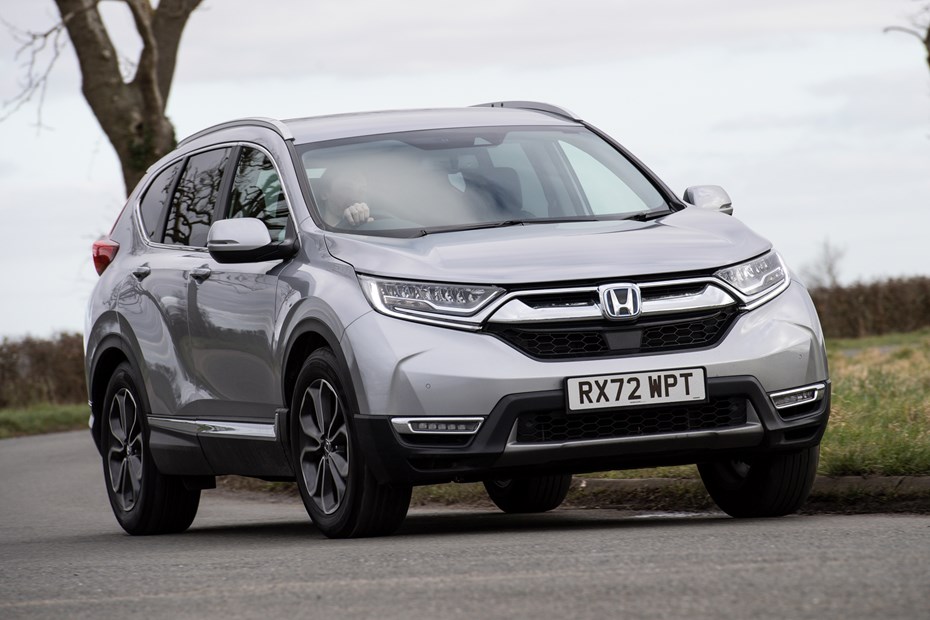
- It isn’t a PHEV, but it has an EV mode!
- Little difference between 2WD and 4WD
- Noisy petrol engine
Hybrid engines
Honda used to sell the CR-V with a turbocharged 1.5-litre petrol engine, but tightening emissions regulations consigned that option to the scrap heap. Now, there’s just one hybrid powertrain on offer which combines a 2.0-litre four-cylinder petrol engine with a pair of electric motors for a maximum output of 184hp and 315Nm of torque.
That might sound constraining, but Honda does at least give you the choice of either front- or four-wheel drive. And, unlike rivals such as the Toyota RAV4, the CR-V’s four-wheel drive system is mechanical. Instead of mounting an electric motor on the rear axle, Honda decided to run a driveshaft off the rear of the engine to the rear wheels. When the car senses more traction is required, it can automatically send power through the driveshaft to keep the rear end planted.
Here’s where it gets complicated. The CR-V’s hybrid system doesn’t work like the powertrains you’ll find in a Toyota or a Kia. The biggest difference is that the CR-V’s petrol engine doesn’t have a gearbox. Instead, it acts like a generator, producing electricity which is stored in a small battery pack and used to drive the electric motors. That means, at low speeds with a full battery, the CR-V can potter around on silent electric power for up to 1.2 miles.
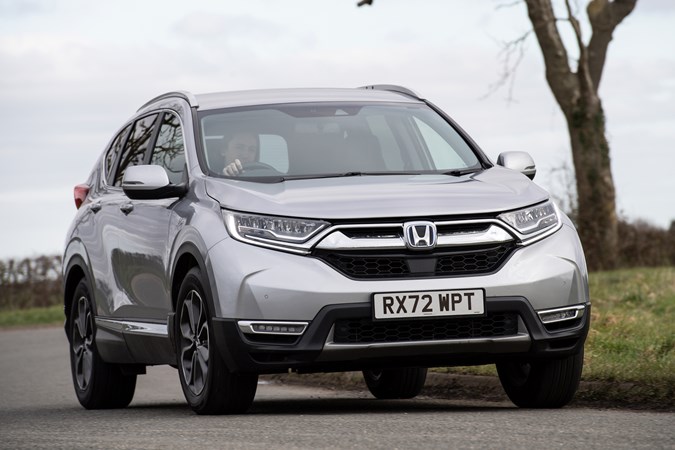
Once you drain the battery pack, the petrol engine will burst into life and start producing electricity again. This is the CR-V’s hybrid mode but, unlike a RAV4, there’s no physical link between the petrol engine and the wheels. It’s only when you floor the throttle that the engine is directly coupled to the wheels with a clutch.
It’s a convincing setup that works a lot more smoothly than a conventional hybrid system. Around town, the CR-V will shuffle between EV and hybrid mode as it sees fit – and because the wheels aren’t normally connected to the engine, there’s no clunk as the engine disengages and the electric motors take over. It’s quiet, too. In fact, it feels a lot like an electric car at low speeds.
However, the silence is broken when you mat the gas. The engine will roar into life, thrash to the redline and stay there until you ease off the throttle, which is hilarious the first time you do it but agonising thereafter. The performance it provides doesn’t match the screaming engine note, either. We’d describe it as adequate at best.
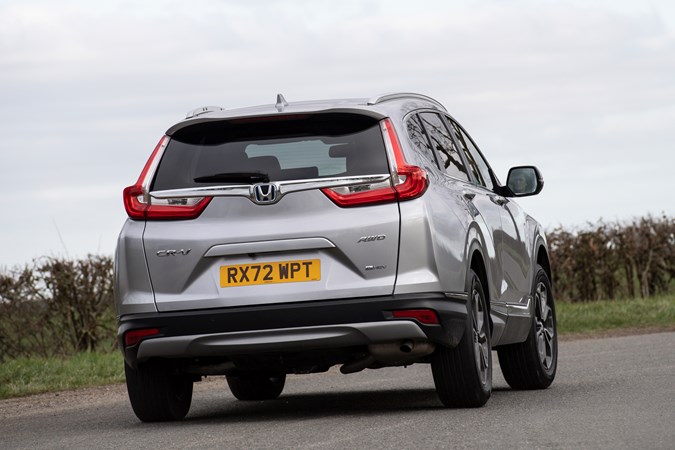
Yes, Honda says the CR-V can sprint from 0–62mph in 8.6 seconds, which isn’t bad for a family SUV. But once you’re cruising along at 50 or 60mph, there’s very little performance left if you want to overtake something. Zipping past a lorry on the motorway takes a little more planning in the CR-V.
We’re also not convinced by the four-wheel drive model. It’s more expensive, thirstier and slower than the front-wheel drive option, taking 8.9 seconds to get from 0–62mph. If we’re honest, we couldn’t really tell the difference in the driving experience, either. The four-wheel drive option certainly doesn’t transform the CR-V into a mud-plugging adventure vehicle.
If you live in an area with particularly harsh winters, we’d recommend opting for a good set of all-season tyres instead. And remember – if you want the flagship model, you’re limited to the four-wheel drive powertrain.
What’s it like to drive?
- Prioritises comfort over performance
- But it’s still good in the corners
- Its steering is well-weighted, too
Even though the CR-V is a large family car, it handles quite well. It isn’t anywhere near as sharp as the Honda Civic hatchback, but neither does it wallow around like its springs are made of noodles.
The suspension controls the body admirably well. Yes, there’s a bit of roll – but that’s an inevitability in an tall SUV with that much weight near the roof. Most importantly, the CR-V is noticeably nimbler than the Volkswagen Tiguan – and a lot sharper than the Toyota RAV4.

It can’t match the Mazda CX-5 or Ford Kuga for outright cornering ability, but then those cars aren’t as practical. And where the Mazda and Ford feel exciting and darty, the Honda is controlled and predictable. Its nose doesn’t lift and dive like the Mazda’s and its ride isn’t quite as firm.
We like the CR-V’s steering, too. It isn’t as heavily assisted as the Tiguan’s, which inspires greater confidence and makes it more enjoyable on a country road. That engine lets the side down again, though, because when you accelerate out of a corner, the petrol unit wakes up and eagerly hunts for the rev limiter, spoiling the atmosphere in the cabin.


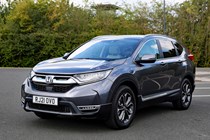
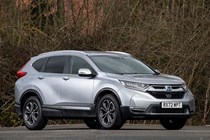
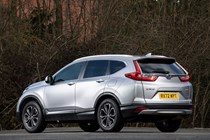
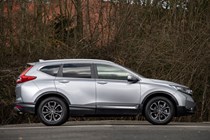

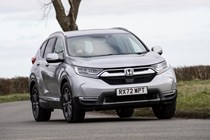
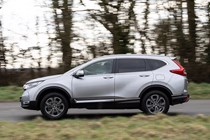

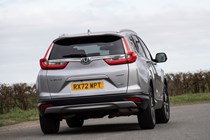

.jpg)
.jpg)
.jpg)
.jpg)
.jpg)
.jpg)
.jpg)
.jpg)
.jpg)
.jpg)

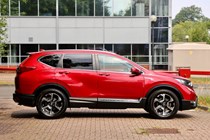
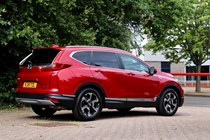
.jpg)

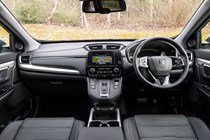

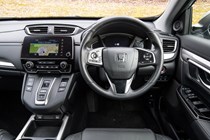
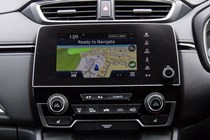
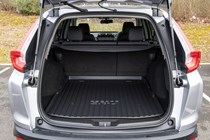











.jpg?quality=50)
.jpg?quality=50)
.jpg?quality=50)
.jpg?quality=50)
.jpg?quality=50)
.jpg?quality=50)
.jpg?quality=50)
.jpg?quality=50)
.jpg?quality=50)
.jpg?quality=50)



.jpg?quality=50)






